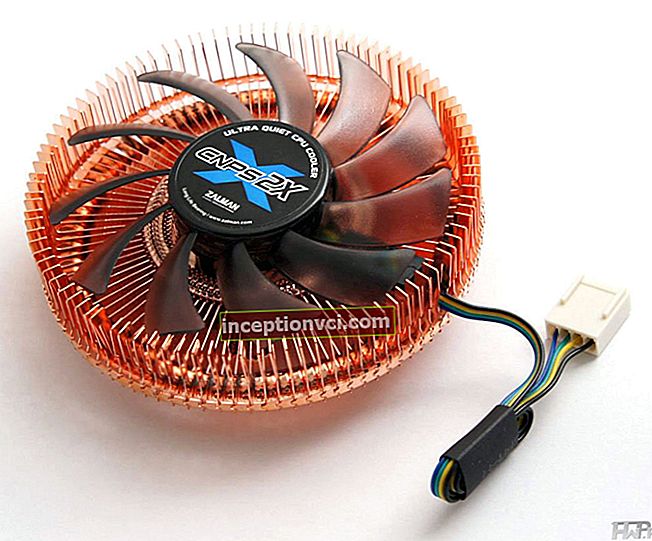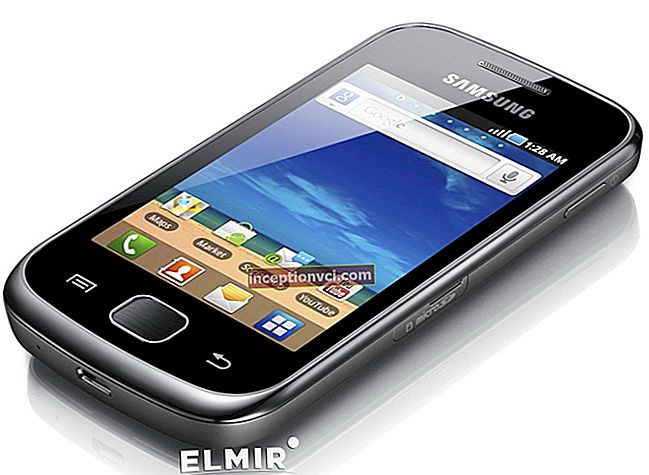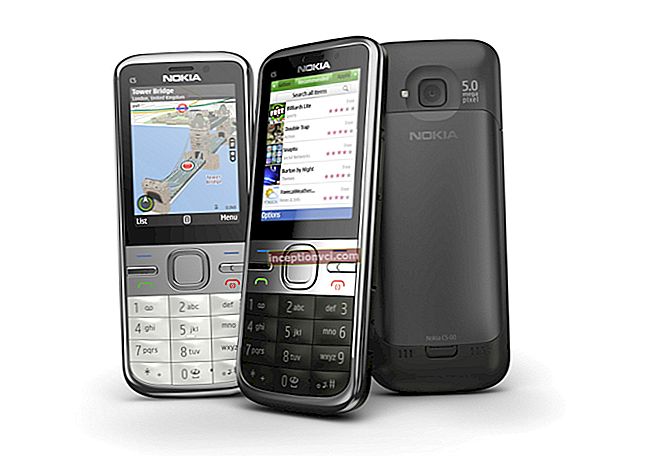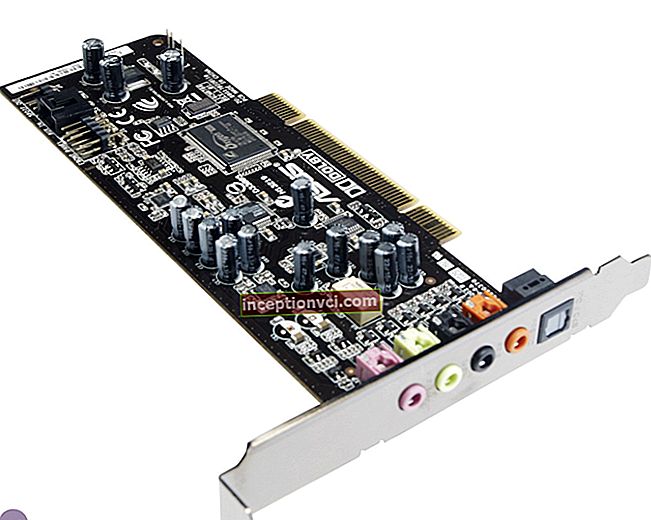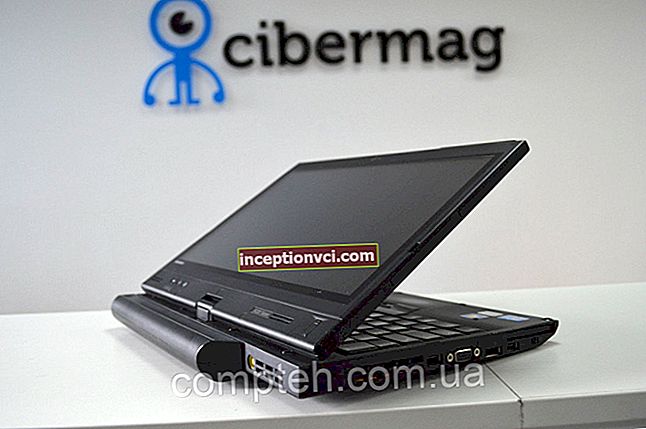So, you are going on a hike. One of the most important aspects of your to-do list should be the compass. It will be difficult for you to do without it if you suddenly get disoriented on the ground or get lost. It is good if you know how to navigate by the sun, moss on stumps and stars, but it is not always possible to apply these skills in real life. In this regard, it would be much better, more comfortable and safer for you if you always have a compass at hand.
Let's say you took a compass with you - that's good, but it won't be enough. The correct ability to use it is also very important. What is this compass or compass and with what is it eaten?
A compass is a device that indicates the geographic or magnetic direction of the meridian, which serves for orientation relative to the cardinal points. In the professional slang of sailors - a compass.
The compass was first invented by Chinese craftsmen during the Song dynasty, and it was used in the desert to indicate the direction of travel. In Europe, the invention of the compass is referred to somewhere in the XII-XIII centuries, but its device was very simple - a magnetic needle attached to a cork and immersed in a container of water. In the water, the arrow with the plug rotated and turned around as needed. The principle of operation of this device is based on the interaction between the field of the permanent magnets of the compass and the horizontal component of the Earth's magnetic field. The arrow rotates easily and freely, which rotates around the axis and is located along the lines of the magnetic field of the planet Earth. Thus, the arrow is always directed parallel to the direction of the magnetic field line.
Such a necessary thing in a hike as a compass can also be very different in its structure and method of application, although it works on the basis of the same principle - determining the route and direction of movement. Varieties of compasses began to appear as a result of adaptation to different operating conditions. Today there are a lot of compasses that are different in type, type, and application. We will consider options for the most common compass - a tourist (walking) compass.
Usually, a simple tourist compass consists of a rounded translucent box, in the middle of which a magnetized needle rotates freely. Sometimes, along the edge of the box, there is a graduation scale - from 0 to 360 degrees. Thanks to this scale, you can determine the azimuth (a certain angle between the object itself and the direction to the north). The most common types of tourist compasses today are:
- magnetic;
- electronic;
- liquid;
- electromagnetic.
Magnetic compass. This is the simplest and most common type of compass. The main element of this compass is a magnetized needle, which is worn on the needle. In the device, which indicates the direction, there must be some kind of reference direction, from which all the others are counted. In a magnetic compass, this direction is the line connecting the south and north poles of our planet.The magnetic rod is installed in the same direction, if it is suspended so that it can freely and freely rotate in the horizontal plane. And this indicates that the constantly rotating compass arrow points to the north (almost all manufacturers usually make the arrow in the form of a sharp tip and paint it blue), and, accordingly, the other, opposite side of the arrow (most often painted red), indicates South. If you face the north and mentally draw a perpendicular line through this arrow, then the west will be on your left, and the east will be on your right.
Magnetic compass Expedition ECT101
Magnetic compass
ATTENTION! Be aware that using a magnetic compass near a railway or near power lines will not give you correct and reliable coordinates.
Electromagnetic compass. The principle of operation of this device is based on conventional magnetic technology, but with the use of electronic chips capable of reading information and translating it into a digital version. Typically this technology is used in wrist watch compasses. The only drawback of the compass is its direct dependence on the battery and the more expensive production technology. But, as a second, spare compass on an expedition, an electronic assistant in a wristwatch can be indispensable, especially due to the savings in the volume and weight of equipment.
Electromagnetic compass
Electronic compass. This is perhaps the most sophisticated type of compass in existence today. The fact is that the determination of the required coordinates takes place with the participation of a satellite navigation system. These compasses are usually not used by ordinary amateur tourists, but are intended exclusively for professionals, because it is very difficult to find a regular outlet or a store in which batteries will be sold in the forest or in the mountains. This type of compass is one of the most expensive to manufacture. It is used mainly by the military and law enforcement officers.
Electronic compass
Liquid compass. It was for high-speed rotation that the arrows in the compass were invented to immerse it in liquid. This is how the liquid compass appeared. A viscous liquid is poured into a hermetically sealed plastic capsule, in which the arrow turns. Due to the fact that the viscosity of a liquid is much higher than the viscosity of a gas, the compass needle calms down much faster - with a good compass, up to 2 seconds. Such compasses are used in orienteering, where crowds of people move through the forest and are diligently looking for checkpoints hidden in the most strange and mysterious places. Here, sometimes victory depends on the quick response of the compass. This fact allows the use of liquid compasses even while running, while not violating the accuracy and correctness of coordinates.
Compass liquid Coghlans 9740
Liquid compass
In addition, tourist compasses can have a variety of housings. Depending on the type of case, the main types of compasses can be distinguished:
1) Compasses in a closed case - they have a lid with an arrow on the bulb and a rather voluminous case. These compasses are usually larger and heavier than others. On the surface of the cover, sometimes, there is a sight - a window for determining the azimuth for a distant object.
Compass Silva Ranger SL
Closed Compass
2) Tablet compasses - have a round flask with a magnetized arrow, which is installed on a rectangular base - a tablet. Usually, the bulb can scroll on it. Also, on the tablet itself, it happens that there is a ruler for accurately determining the distances on the map, sometimes a magnifying glass for detailed examination of small signs and other different images. With such a compass, it is easier to walk in azimuth than with the others.
Tablet compass Silva Compass 5 Jet-360
Tablet compass
3) Travel compasses on the finger - they have a small ruler with a hole for the thumb and a rubberized material that is worn on the finger itself. They are intended for running orienteering. It is very convenient to place them in one hand along with the map and adhere to the direction in small areas. You can choose these cases for the left or right hand, with a small or large ruler.
Finger compass
4) Compasses on the wrist - they resemble a wristwatch. They dress on the wrist, like a watch. They are often used by cyclists. These compasses are designed to determine the cardinal points. It is inconvenient to find out the exact direction on them. The main advantage is that the hands are always free, and the compass itself is almost always in sight.
Compass on the wrist
The last three types of compasses are geared towards sports applications. These models are widely used in orienteering. For hiking, almost any of these options will suit you. In addition to the case, the models are distinguished by the magnetization of the arrow, its speed of response, stability during running, but these are technical features of each model separately.
You can navigate on land in different ways: on your own two feet (jogging, walking, skiing), by bike or by car. Each of the species has its own peculiarity and specificity. Let's take a look at each species separately.
When navigating a car, it is better to give preference to an electronic device than a conventional magnetic compass. There are many metal structures in the machine, and the readings of a simple magnetic compass will not be accurate. In this type of orientation, there are, to a greater extent, no restrictions on the mass of the transported cargo, therefore the main advantages of a magnetic compass are compactness, energy independence and lightness, there is no need here.
But when traveling on a bike for a long time, you should think about whether to take electronics and a supply of batteries for orientation, or an ordinary compass with a set of topographic maps of the area? As a rule, cycling is tied to roads, and therefore to settlements. Usually the weight of a backpack is in grams, as cyclists calculate on very difficult routes. Beginners mainly use GPS navigation, but when experience appears, athletes still abandon them and switch to classical orienteering with a compass. This saves them from unnecessary problems with batteries and chargers, and the binding of the route to the roads allows an experienced tourist to use the compass only on rare occasions. Cyclists give preference to wrist or neck compasses.
For pedestrian orientation, preference can be given to any type of magnetic compass, due to the above advantages. But, if you are going to seriously engage in tourism, then the skills of classical orienteering on the ground will be necessary. Each of the participants in the hike should have an idea of the map of the area, the location of the cardinal points and several options for accessing settlements, in case he lags behind the group. In fact, a compass is necessary for the exact location of objects (peaks, passes, lakes). Practice shows that the ability to navigate using a magnetic compass and maps gives a more accurate idea of the terrain plan than GPS orientation.
A separate type of orienteering is orienteering. This includes bicycle orienteering, ski orienteering and classic cross-country orienteering. The presented species can be further divided into subspecies, but this is not so important. This sport involves the ability to correctly use the map and magnetic compass. However, here special requirements are imposed on the compass in question - a high reaction speed of the arrow and its stability while running. In addition, the ease of use and the weight of the device play an important role.
I will also add that the stability of the arrow and its speed of installation depend directly on the viscosity of the substance that is inside the flask with the arrow. Sometimes, there is a specific problem associated with this substance. With a sharp change in temperature (from cold to warm), small bubbles often form in the flask. They significantly slow down the rotation speed of the arrow itself and interfere with orientation.
When choosing a compass, it is better to consult with experienced people and consultants about which compass is best for you. Nowadays it is not so easy to buy a decent compass. Not every travel store has a large assortment on display. In my opinion, when choosing a compass, it is better to choose a model that is suitable for several use cases. For example, for orienteering and orienteering in the mountains. Or for bike orienteering and hiking in the forest to pick mushrooms. It all depends on the range of your personal interests.
Enjoy the shopping!
